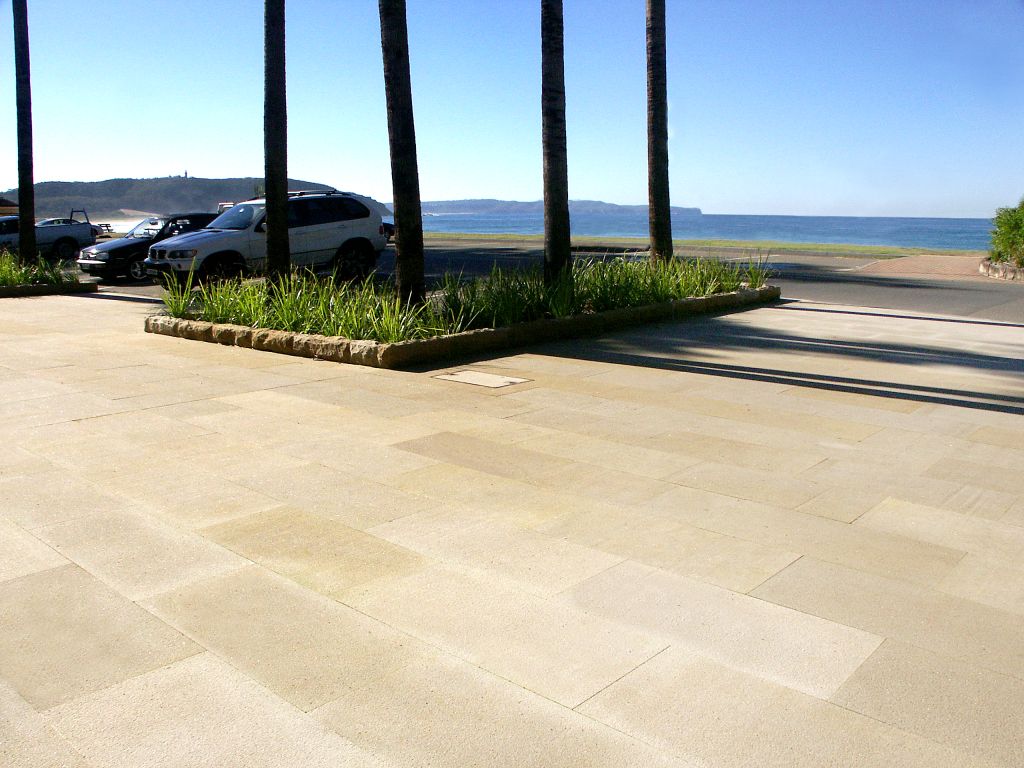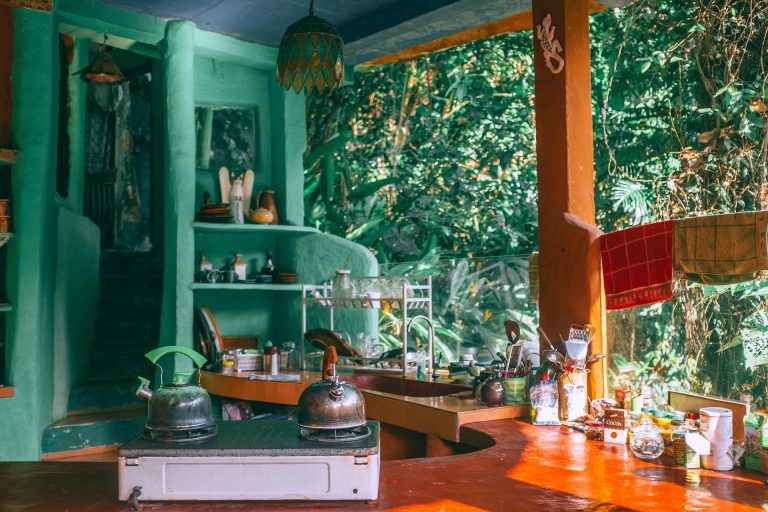The Versatility of Sandstone: Applications in Masonry and Cladding
With its natural beauty and durability, sandstone has been a favourite building material for centuries. From ancient structures to modern architectural marvels, sandstone has stood the test of time, proving its versatility and adaptability in various applications. This blog explores the myriad uses of sandstone masonry and cladding, highlighting its unique properties and aesthetic appeal.
Understanding Sandstone
Sandstone is a sedimentary stone composed of sand sized minerals, rocks, and grains of organic material. It is formed over millions of years through the deposition and compaction of sand in layers. The unique composition of sandstone, along with factors such as mineral content, grain size, and porosity, gives it a distinctive appearance and texture.
Applications in Masonry
- Building Facades
Sandstone is prized for its aesthetic appeal, making it an ideal choice for building facades. Its warm tones, natural texture, and subtle variations in colour add character and charm to any structure, whether a historic landmark or a modern commercial building.
- Retaining Walls
Sandstone’s strength and durability make it well-suited for retaining walls, providing stability and support while enhancing the landscape. Whether used in garden walls, terraced gardens, or roadside embankments, sandstone adds a touch of elegance to outdoor spaces.
- Paving
Sandstone’s natural, non-slip surface and weather-resistant properties make it an excellent choice for paving applications. From pathway and driveways to patios and pool surround, sandstone pavers create inviting outdoor spaces that blend seamlessly with the surrounding environment.
- Fireplaces
Sandstone’s ability to withstand high temperatures makes it an ideal material for fireplace surrounds and hearths. Natural beauty adds warmth and character to indoor living spaces, creating a cozy ambience for relaxation and entertaining.
Applications in Cladding
- Exterior Cladding
Sandstone cladding adds texture and dimension to building exteriors, enhancing their visual appeal and architectural interest. Whether used as a primary stone cladding material or as an accent feature, sandstone creates a striking facade that stands out among the crowd.
- Interior Cladding
Sandstone’s versatility extends to interior spaces, which can be used to clad walls, columns, and feature elements. Its natural texture and earthy tones add warmth and depth to indoor environments, creating a welcoming atmosphere that is both timeless and elegant.
- Feature Walls
Sandstone feature walls are a popular design choice in both residential and commercial settings. Whether used in living rooms, lobbies, or reception areas, they make a bold statement and serve as a focus that attracts the eye and captures attention.
- Accent Panels
Sandstone accent panels are a versatile design element that can add visual interest in design and texture to any space. Whether installed vertically or horizontally, as standalone panels or in combination with other materials, they create a striking focal point that elevates the design aesthetic.
Conclusion
Sandstone’s versatility in masonry and cladding applications makes its a popular choice for architects, designers, and builders. Its natural beauty, durability, and adaptability allow it to enhance various architectural styles and design concepts, from traditional to contemporary. Whether used in building facades, retaining walls, paving, fireplaces, exterior cladding, interior cladding, feature walls, or accent panels, sandstone adds warmth, character, and sophistication to any project. As a timeless building material that has stood the test of time, sandstone inspires creativity and innovation in architecture and design.







